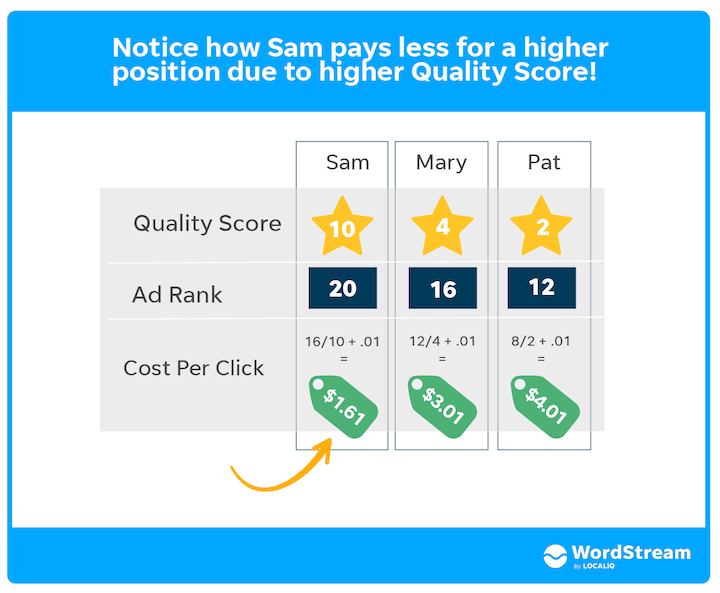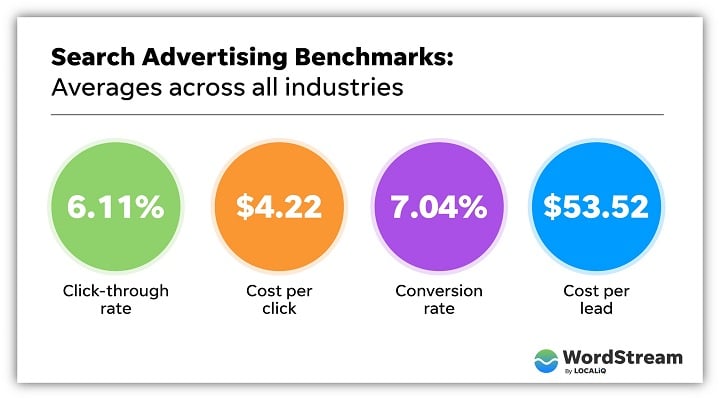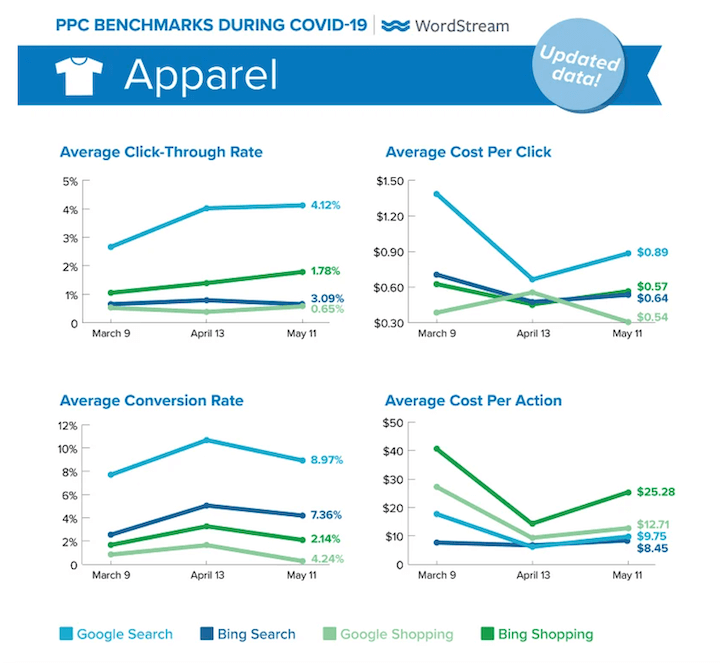Uncover the mystery of Google Ads cost and learn what factors impact pricing in this informative and eye-opening post.

Image courtesy of via DALL-E 3
Table of Contents
Introduction to Google Ads
Welcome to the world of online advertising with Google Ads! In this section, we will explore what Google Ads is all about and why businesses use it. So, let’s dive into the exciting realm of digital marketing.
What is Google Ads?
Google Ads is a powerful tool created by Google that allows businesses to showcase their advertisements on Google Search results and various websites across the internet. Imagine being able to reach millions of potential customers with just a few clicks!
Why Use Google Ads?
Businesses use Google Ads because it helps them connect with a wider audience and drive more traffic to their websites. By displaying targeted ads to users who are actively searching for products or services, businesses can increase their visibility and attract more customers.
How Google Ads Work
In Google Ads, businesses select specific words related to their products or services, known as keywords. These keywords help match their ads with what people are searching for on Google. For example, if someone searches for “best pizza in town,” a pizza restaurant might choose the keyword “best pizza” to show their ad to that person. This way, businesses can reach potential customers who are already interested in what they offer.
The Bidding Process
Now, let’s talk about the bidding process in Google Ads. Imagine it like an auction where businesses compete to have their ads shown. When setting up a Google Ads campaign, businesses decide how much they are willing to pay for each click on their ad. This is called a bid. The higher the bid, the more likely the ad will appear when someone searches for the chosen keywords.
Types of Google Ads Costs
CPC stands for Cost-Per-Click, which means you pay every time someone clicks on your ad. So, if you have an ad for a cute puppy calendar and someone clicks on it to see more adorable puppies, you would pay a certain amount for that click. This way, you only pay when someone shows interest in your ad by clicking on it.

Image courtesy of via Google Images
Cost-Per-Thousand Impressions (CPM)
CPM is short for Cost-Per-Thousand Impressions. Impressions are when your ad is shown on a website or search result page, and CPM means you pay for every thousand times your ad is displayed, even if nobody clicks on it. So, if your ad for a delicious pizza shows up a thousand times, you pay based on this number of views.
Cost-Per-Acquisition (CPA)
CPA, also known as Cost-Per-Acquisition, is a bit different. With CPA, you only pay when someone takes a specific action after clicking on your ad. This action could be signing up for a newsletter, buying a product, or requesting more information. This cost structure ensures you only pay for valuable actions taken by people who saw your ad.
Factors Influencing Google Ads Cost
When it comes to Google Ads, the cost of running your campaigns can vary based on different factors. Understanding these influences can help you manage your budget effectively. Let’s dive into some key factors that can affect how much you’ll pay for your ads.
Competition
One major factor that impacts Google Ads cost is the level of competition in the market. If many businesses are bidding on the same keywords as you, it can drive up the cost per click. Higher competition usually means higher prices for ad placements.
Ad Quality Score
Google values ad relevance and quality. If your ads are well-structured, relevant to your target audience, and have a high-quality landing page, Google will reward you with a better Ad Quality Score. This, in turn, can lead to lower costs for your ads as Google aims to show ads that provide value to users.
Setting a Budget
One way to control your Google Ads cost is by setting a budget limit. By defining a maximum amount you’re willing to spend on your campaigns, you can avoid overspending and ensure that your ad spend stays within your financial constraints. Setting a budget also helps you plan your advertising expenses effectively.
How to Estimate Google Ads Costs
When trying to figure out how much your Google Ads might cost, you can use a handy tool called the Google Ads cost calculator. This tool helps you estimate the expenses you might incur when running ads on Google. By inputting information like your target keywords, budget, and other relevant details, the cost calculator gives you a rough idea of the expenses you can expect.

Image courtesy of via Google Images
Keyword Planner
Another useful tool for estimating Google Ads costs is the Keyword Planner. This tool provides insights into keyword suggestions and their expected prices. By analyzing the average cost per click for your selected keywords, you can better plan and budget for your Google Ads campaign. The Keyword Planner helps you understand the competitiveness of different keywords and their potential impact on your advertising costs.
Tips for Managing Google Ads Budget
Managing your Google Ads budget effectively is crucial to ensure you get the most out of your advertising efforts. Here are some practical tips to help you stay on top of your ad spend:
Set Daily Limits
It’s essential to set daily spending limits for your Google Ads campaigns. This helps you control how much you’re willing to spend each day and prevents overspending. By setting these limits, you can ensure that your budget is allocated wisely throughout the campaign.
Monitor Ad Performance
Regularly monitoring the performance of your ads is key to understanding how well your budget is being utilized. By keeping an eye on metrics like click-through rates, conversions, and cost per acquisition, you can identify which ads are performing best and adjust your budget accordingly.
Adjust Bids
One of the most effective ways to manage your Google Ads budget is by adjusting your bids based on performance. If you notice that certain keywords or ads are costing more than they’re bringing in, consider lowering your bids or pausing underperforming ads. This will help you optimize your budget for maximum return on investment.
Common Misconceptions about Google Ads Costs
When it comes to Google Ads, there are some common myths or misconceptions that people often believe. Let’s debunk some of these misunderstandings to give you a clearer picture of what to expect in terms of costs.

Image courtesy of via Google Images
Google Ads is Too Expensive
One of the biggest misconceptions about Google Ads is that it is too costly, especially for small businesses. While it’s true that advertising can be expensive, Google Ads offers flexibility in budgeting. You have control over how much you want to spend each day, making it manageable for businesses of all sizes.
Only Big Companies Benefit
Another myth surrounding Google Ads is that only large corporations benefit from it. In reality, businesses of any size can see success with Google Ads. Whether you’re a small local shop or a big online retailer, Google Ads can be tailored to suit your budget and goals. It’s not just for the big players!
Case Studies: Real Examples
Let’s look at an example of a small business that used Google Ads effectively. Sarah owns a local bakery called Sweet Delights. She wanted to increase her online visibility and attract more customers to her website. Sarah decided to try Google Ads to promote her special holiday cupcakes.
Sarah started by selecting relevant keywords like “holiday cupcakes” and “local bakery.” With a modest budget, she chose the Cost-Per-Click (CPC) model, paying only when someone clicked on her ad. Sarah monitored her ad performance closely and adjusted her bids to maximize her budget. By the end of the holiday season, Sarah saw a significant increase in online orders and foot traffic to her bakery, all thanks to the targeted advertising through Google Ads.
Big Brands Using Google Ads
Even larger companies have found success in managing their Google Ads costs efficiently. One prime example is XYZ Electronics, a well-known tech giant. XYZ Electronics wanted to promote their latest smartphone model across multiple regions.
By carefully selecting their target audience and utilizing the Cost-Per-Thousand Impressions (CPM) model, XYZ Electronics ensured that their ads reached a wide audience. They monitored their ad quality score and made adjustments to optimize their campaign. Despite being a big brand, XYZ Electronics demonstrated that with strategic planning and monitoring, even large companies can benefit from the cost-effective nature of Google Ads.
Conclusion
In this blog post, we’ve covered a lot about Google Ads and what to expect in terms of costs. We started by introducing Google Ads as a powerful online advertising tool used by businesses to reach more people and drive traffic to their websites. We then delved into how Google Ads works, focusing on keywords and the bidding process.

Image courtesy of via Google Images
We also discussed the different types of Google Ads costs, such as Cost-Per-Click (CPC), Cost-Per-Thousand Impressions (CPM), and Cost-Per-Acquisition (CPA). Understanding these costs is crucial for businesses looking to advertise effectively online. Additionally, we explored the factors that can influence Google Ads costs, including competition, ad quality, and the budget set by businesses.
To help readers estimate their Google Ads costs, we outlined tools like the Google Ads cost calculator and Keyword Planner. Managing Google Ads budget effectively is essential, so we provided tips on setting daily limits, monitoring ad performance, and adjusting bids based on performance.
Common misconceptions surrounding Google Ads costs were also addressed, emphasizing that businesses of all sizes can benefit from this advertising platform. Furthermore, we shared real case studies of both small businesses and big brands that have successfully used Google Ads while managing their costs efficiently.
Overall, understanding Google Ads costs is essential for businesses looking to make the most of their online advertising efforts. By following the tips and strategies outlined in this blog post, businesses can navigate Google Ads costs effectively and drive successful campaigns to reach their target audience.
Want to turn these SEO insights into real results? Seorocket is an all-in-one AI SEO solution that uses the power of AI to analyze your competition and craft high-ranking content.
Seorocket offers a suite of powerful tools, including a Keyword Researcher to find the most profitable keywords, an AI Writer to generate unique and Google-friendly content, and an Automatic Publisher to schedule and publish your content directly to your website. Plus, you’ll get real-time performance tracking so you can see exactly what’s working and make adjustments as needed.
Stop just reading about SEO – take action with Seorocket and skyrocket your search rankings today. Sign up for a free trial and see the difference Seorocket can make for your website!
Frequently Asked Questions (FAQs)
How much should I budget for Google Ads?
Setting a budget for your Google Ads can vary depending on your specific goals and industry. As a general guideline, it’s recommended to start with a budget that you are comfortable with and can sustain over time. You can always adjust and optimize your budget as you monitor the performance of your ads.
Can I run Google Ads on a small budget?
Absolutely! Google Ads can be effective even with a small budget. By carefully selecting keywords, creating targeted ads, and monitoring performance, businesses can reach their desired audience without overspending. It’s all about optimizing and making the most out of your budget.
How do I track my spending on Google Ads?
Tracking your spending on Google Ads is essential to ensure you stay within your budget and get the most out of your advertising efforts. Google provides tools like the Google Ads dashboard, where you can see real-time data on your spending, clicks, and conversions. Additionally, setting up conversion tracking can help you understand the effectiveness of your ads and where your budget is being utilized most efficiently.







